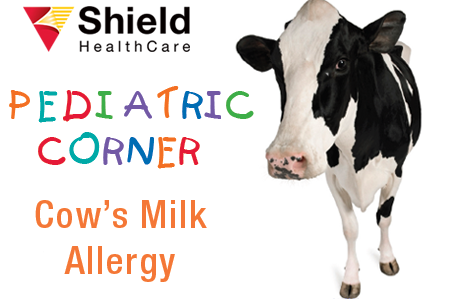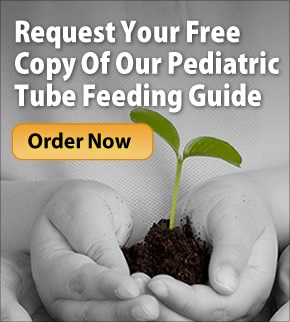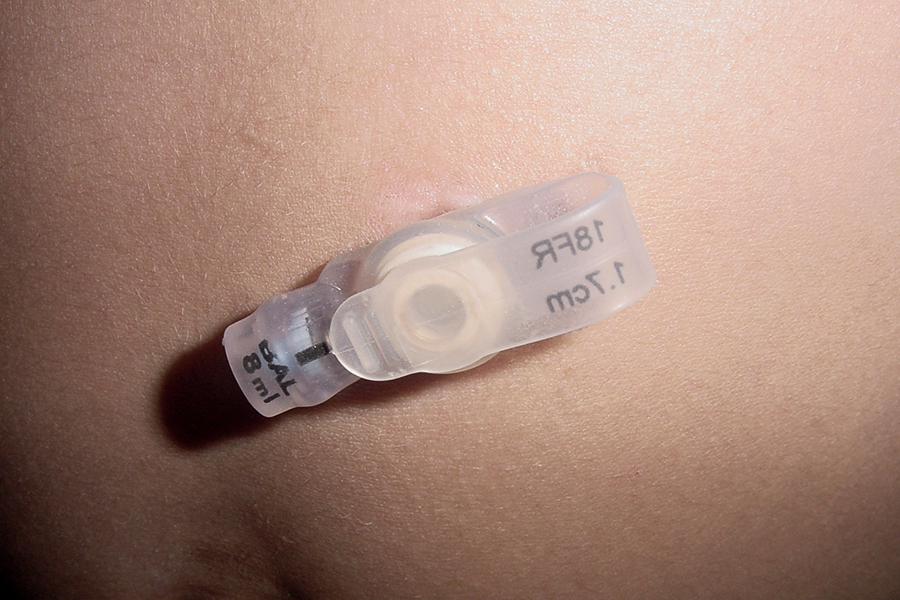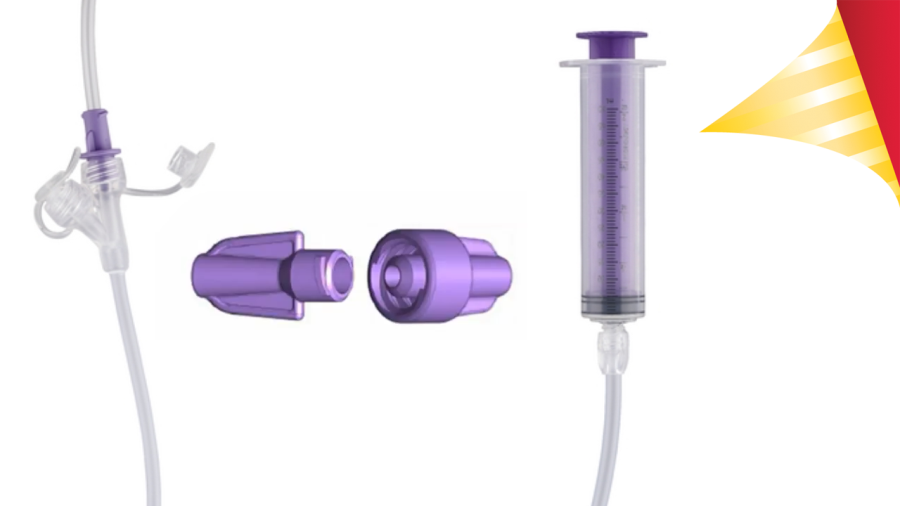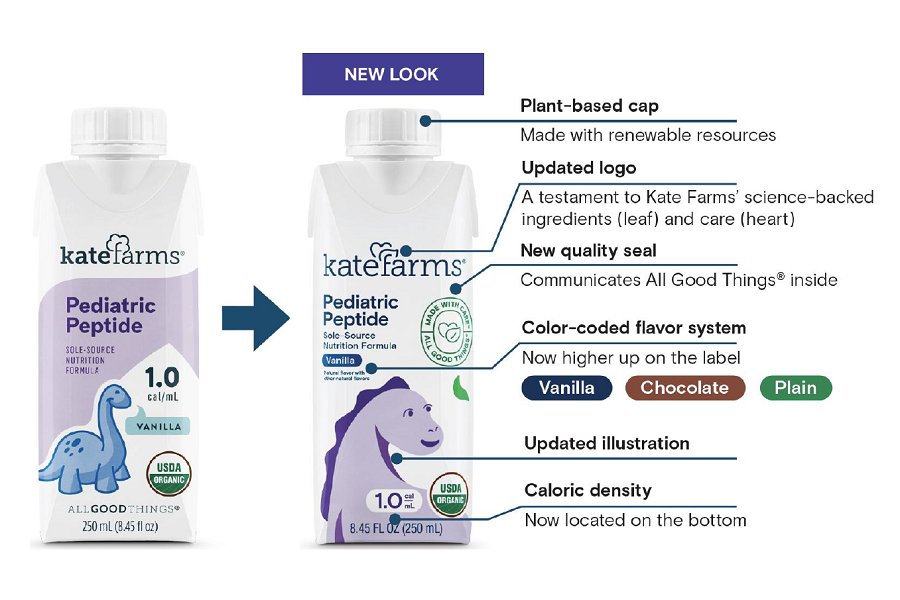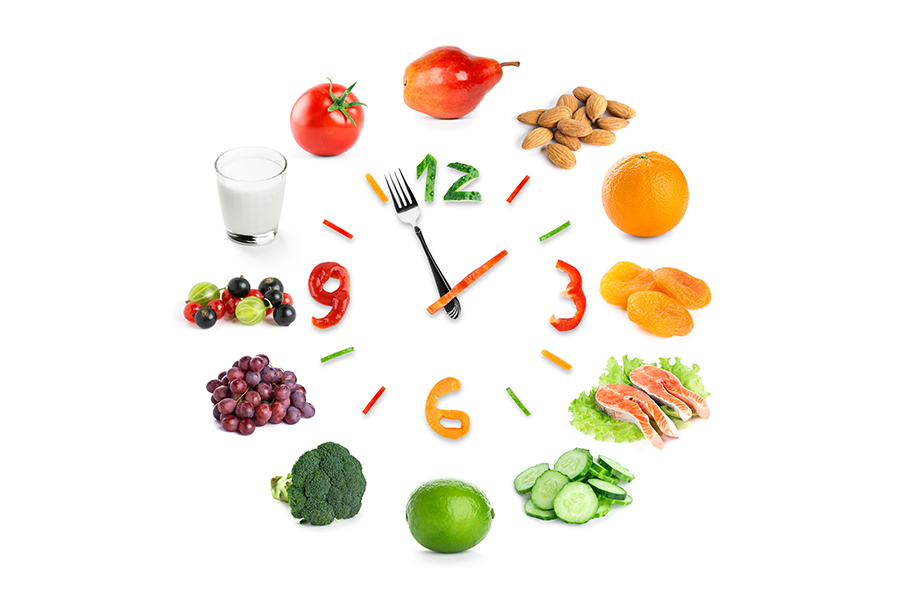What Is Cow’s Milk Allergy?
Cow’s milk allergy is the most common food allergy in infants, and it involves an immune system response to proteins in cow’s milk. An allergic response usually occurs anywhere from a few minutes to a few hours after consuming milk. Symptoms include facial angioedema, nausea and vomiting, atopic eczema, blood in the stool and respiratory problems. Diagnosis is difficult and often must include more than one method, including skin prick or atopic patch testing, measuring serum specific IgE and oral food challenge.
In the case of a true cow’s milk allergy, the only way to prevent symptoms is to avoid all cow’s milk protein ingredients. Care must be taken, however, to provide a nutritionally adequate diet once these foods are removed. An amino acid-based formula, such as Neocate® Infant DHA/ARA is indicated in infants with severe symptoms, failure to thrive, high risk of anaphylaxis, multiple food allergies or if symptoms persist despite milk protein avoidance. Many children outgrow cow’s milk allergy by age three.
For more information, see related pediatric articles and resources here:
- Recognizing Pediatric Malnutrition
- Enteral Nutrition Support Newsletter – GROW Pediatric Program Edition
- Pediatric Corner: Things to Consider with Blenderized Formula
- Pediatric Corner: Advances in Irritable Bowel Syndrome (IBS)
- Back to School Nutrition; Healthy Eating Tips for Young Kids
Shield HealthCare | Stronger with Shield







